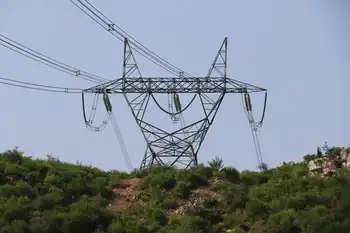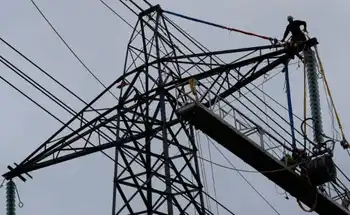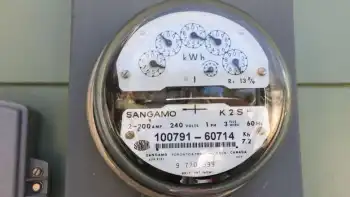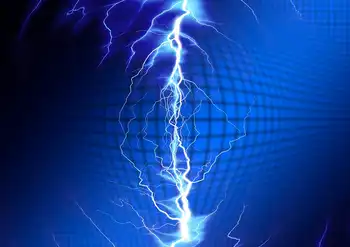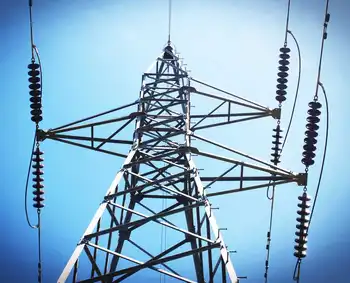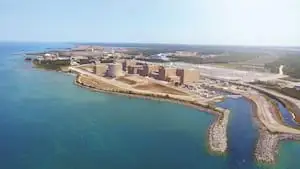Iran boosts nuclear processing program
By Associated Press
NFPA 70e Training
Our customized live online or in‑person group training can be delivered to your staff at your location.

- Live Online
- 6 hours Instructor-led
- Group Training Available
U.S. experts say 3,000 centrifuges, in theory, are enough to produce a nuclear weapon, perhaps within a year, but they doubted Iran really had so many up and running, given its spotty success with a much smaller number.
To power a single light-water reactor, about four times as many are needed, nuclear experts say.
"From a political perspective, it's more important to have (3,000 centrifuges) in place than to have them run properly," said Michael Levi, a non-proliferation expert at the Council on Foreign Relations in Washington.
"We have an unfortunate habit to take Iran at its word when they make scary announcements.''
The White House and Europe criticized Ahmadinejad's centrifuge announcement.
U.S. National Security Agency spokesperson Gordon Johndroe said, "Iran continues to defy the international community and further isolate itself by expanding its nuclear program, rather than suspending uranium enrichment."
The world's fourth-largest oil exporter is known to have 328 centrifuges operating at Natanz in central Iran. For months, it has said it would launch an expanded program to 3,000, likely underground at Natanz, to protect them from any air strike.
"I declare that, as of today, our dear country has joined the nuclear club of nations and can produce nuclear fuel on an industrial scale," President Mahmoud Ahmadinejad said at a Natanz ceremony, marking the one-year anniversary of its first successful enrichment of uranium. Across Iran, school bells rang to mark the "national day of nuclear energy.''
The president's comments suggested Iran could produce enough enriched uranium to fuel a nuclear reactor consistently. The Tehran government insists it only wants the fuel to generate electricity so it can export more of its oil and gas.
Asked if Iran has begun injecting uranium gas into 3,000 centrifuges for enrichment, Iran's top nuclear negotiator Ali Larijani replied, "Yes." He did not say if all were working.
An Iranian official told ISNA news agency UN inspectors would confirm centrifuge numbers in 20 days' time.
Iran aims to build 54,000 centrifuges.
Uranium gas is pumped into centrifuges, which spin and purify the gas. Enriched to a low degree, the result is fuel for a reactor to generate electricity; done to a high degree it creates material for a nuclear warhead.
The U.S and some allies accuse Iran of seeking to develop weapons, a charge Tehran denies.
The UN imposed limited sanctions in December and strengthened them slightly in March; its Security Council set a deadline of late May for Iran to halt enrichment, or face gradual increasing punishment.
Larijani warned that, if the UN imposes more sanctions, Iran may reconsider how much it co-operates with the UN nuclear watchdog under the Nuclear Nonproliferation Treaty. The International Atomic Energy Agency is inspecting at Natanz.
The Vienna-based watchdog had no immediate comment.
UN Secretary-General Ban Ki-moon hoped Iran would "engage in dialogue...."
Larijani said the West must accept Iran's nuclear program as a fact, and reject a halt in enrichment as a precondition to talks.
Britain's foreign office expressed concern and urged Iran to halt enrichment.
David Albright, a former UN nuclear inspector, said 3,000 centrifuges are enough to build a nuclear warhead within a year if Iran can "get the machines working together" at a constant rate.
Levi said that Iran is only been able to run its two small cascades of 164 centrifuges "perhaps 20 per cent of the time.''





